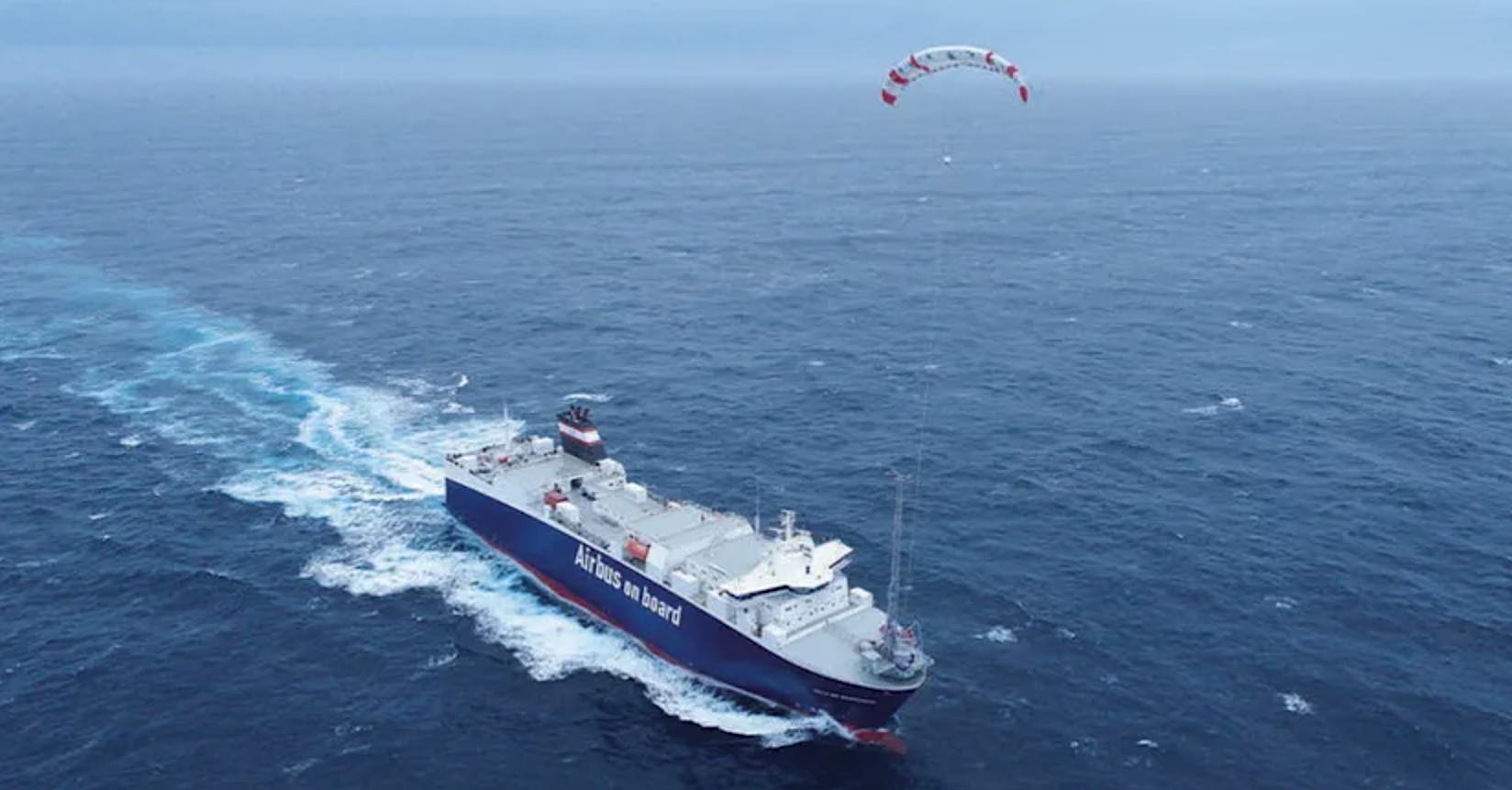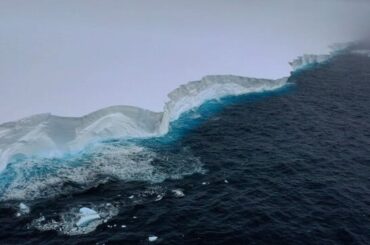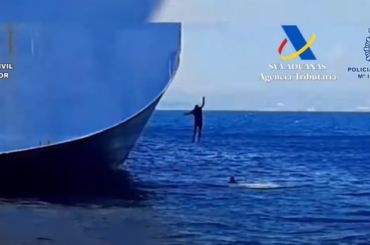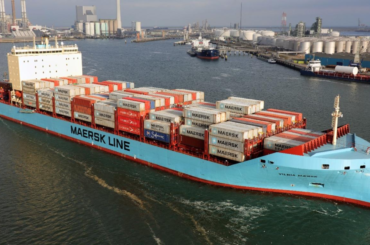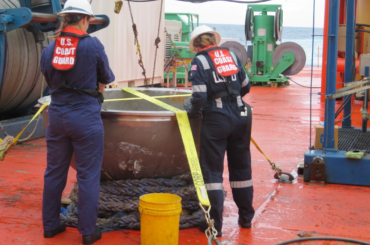A company successfully tested how a giant kite can be used to tow shipping vessels across the ocean and significantly reduce the amount of diesel fuel they use by applying an ancient solution to a modern problem.
It is tempting to refer to both the product and the activity as sails. However, even the term kite understates the technological sophistication of AirSeas’ Seawing.
This massive “parafoil” retrofitted to the front of any container ship can generate 20% of the vessel’s total propulsion. As part of a recent test, the Ville de Bordeaux, a French container ship, transported aircraft parts from the United States to France.
AirSeas produces Seawing models measuring 2,700 square feet and 5,400 square feet. The company is also developing a 10,800-square-foot version, which will be housed in the ship’s consoles.
The company is ecstatic to report that the Ville de Bordeaux reduced its consumption of a polluting diesel mixture known as “bunker fuel” by 20% during its journey.
“The last few months have seen major players like COSCO, BHP, and MOL join the ranks of wind propulsion backers alongside K-Line, Louis Dreyfus Armateurs, Oldendorff, Scandlines, and Cargill,” Stephanie Lesage, Corporate Secretary of AirSeas, wrote in a recent op-ed.
“Cargo owners, charterers, shipowners, and shipyards alike are all coming to realize the benefits of wind-assisted propulsion in shipping’s journey towards a lower carbon future.”
The industry is responsible for approximately 2% of the world’s greenhouse gas emissions, but 15% of sulfur dioxide and nitrous oxide emissions, which are toxic to humans and fish.
It is one of the most technologically advanced sails you are likely to encounter, designed to be fully automatic. A series of tethers evenly deploy the parafoil from its command console into a strong breeze at the push of a button. Once deployed, the tethers are programmed to collect data on yaw, pitch, and wind direction in order to constantly adjust the position of the parafoil to capture the most wind energy.
When the kite is no longer required or the wind dies down, it returns evenly to its command console.
“We are launching a flying object from a sailing object, compensating for movement on all sides, such as waves in high seas and turbulence at low altitude,”Vincent Bernatets, CEO of Airseas, explained the difficulties to Canary Media.
“After the flight, we have to ensure that the Seawing lands smoothly and precisely on a moving target: the ship bow, which is oscillating on waves and generating heavy turbulence and movement.”
Depending on how you define merchant shipping, between 50,000 and 100,000 merchant vessels are used to transport goods and materials around the world, so the potential for expansion is substantial.
AirSeas has multiple interested buyers lined up. K Line could outfit as many as 50 ships with Seawings within the next few years.

